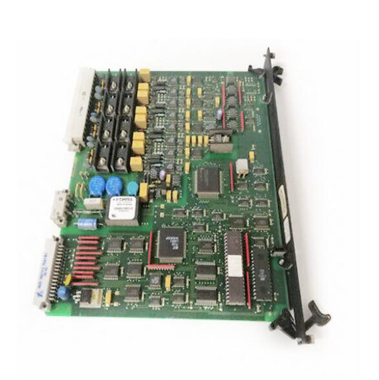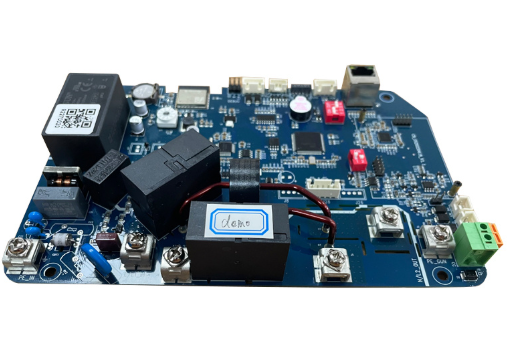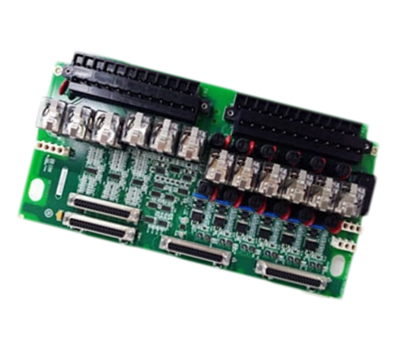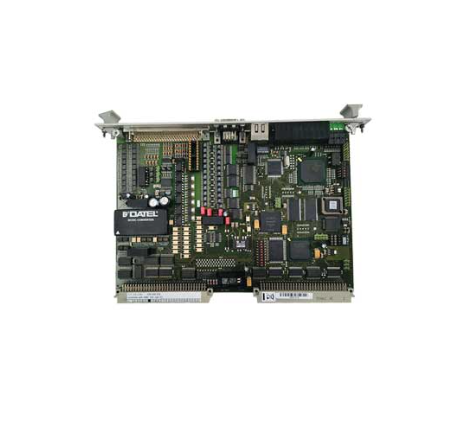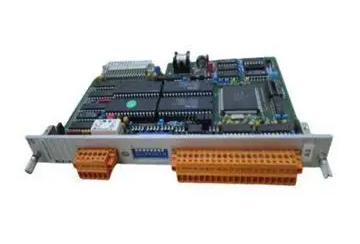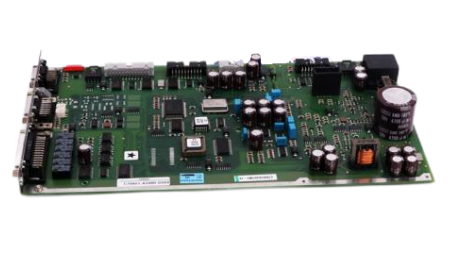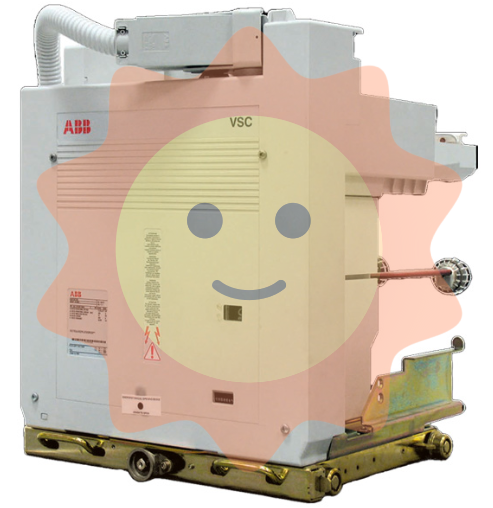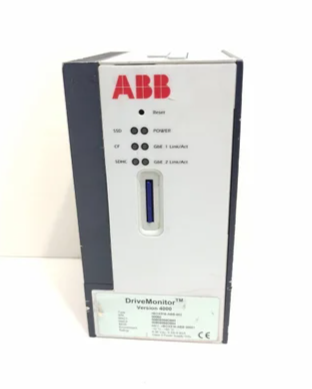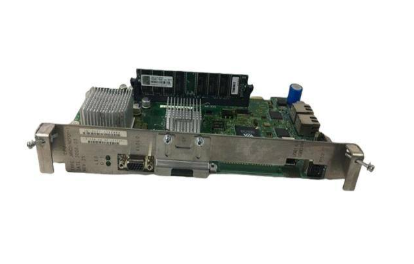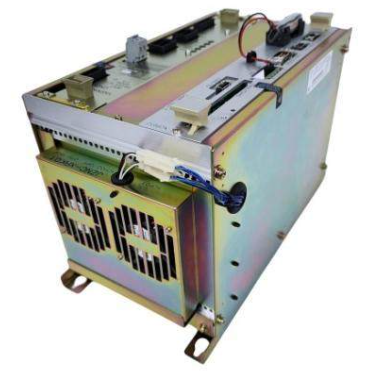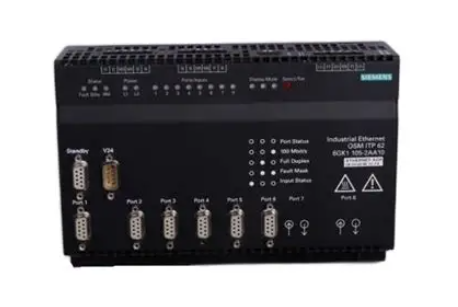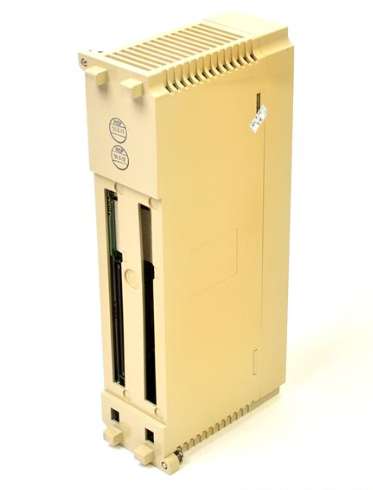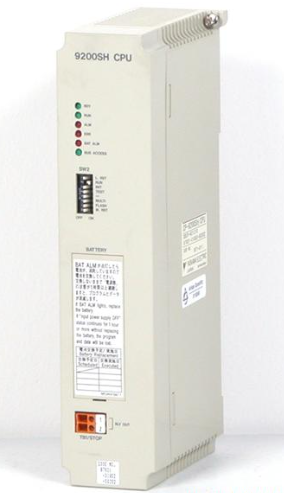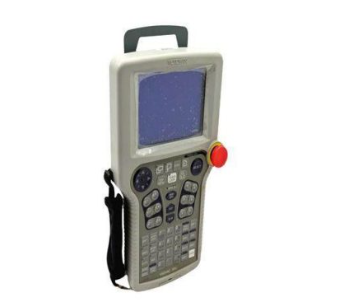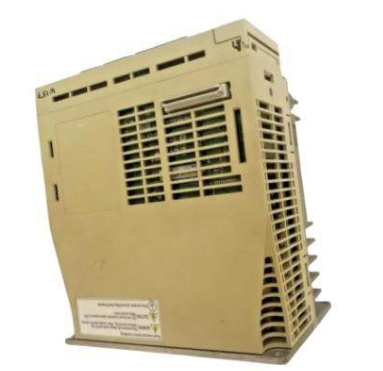AB 1746, 1747SLC500 Control System Selection Guide
AB 1746, 1747SLC500 Control System Selection Guide
SLC 500 control system overview: SLC 500 is designed for harsh environments in industrial sites, with a variety of communication network interfaces, such as DH+, DH-485, ControlNet, DeviceNet, etc., which can be flexibly selected and configured to the communication network, function modules and storage capacity, and RSLogix 500 software, which enables efficient development of the control system.
System Components
I/O modules: A wide range of I/O modules, including digital input/output, analogue input/output, temperature control, motion control, etc., which can meet the needs of different industrial scenarios. Each module has different voltage levels, number of channels and electrical characteristics, and some of them also have diagnostic functions and electronic protection devices.
Communication modules and networks: A variety of communication networks are provided, such as EtherNet/IP for data interaction between the workshop site and enterprise information system, ControlNet for real-time control and data transmission, and DeviceNet for connecting industrial equipment. Different networks have their own characteristics, applicable scenarios and communication rates, so users can choose the appropriate communication module and network architecture according to their needs.
Controllers: There are various models such as SLC 5/01 - SLC 5/05 with different storage capacity, processing speed and communication capability. Users should choose the appropriate model according to the system requirements, and at the same time can be combined with storage modules, adapter sockets, batteries and other accessories to enhance the system functions and stability.
Frame and power supply: The frame has various specifications such as 1746-A4, 1746-A7, etc., which need to be matched with corresponding power supply module. Power supply module selection should consider the load capacity, to avoid overload damage, and at the same time to allow for future system expansion.
System Selection Steps: Firstly, determine the number and type of I/O points, select the appropriate I/O module and plan the slot; then evaluate the communication requirements and select the communication network and module; then select the controller according to the number of I/O points, processing speed and storage requirements; then select the frame, power supply module and accessories; finally, select the programming software, such as RSLogix 500, and other software packages according to the needs.
Programming software: RSLogix 500 is a powerful software package with flexible editing, powerful database editing, diagnostics and troubleshooting, and support for many Windows systems. In addition, there is RSLinx for device communication, RSNetWorx for network configuration and RSLogix Emulate 500 for simulation and commissioning.
Features and Benefits
Convenient and efficient editing functions: With flexible and easy-to-use editing functions, users don't need to worry about grammatical correctness when creating application projects. The project validation tool lists all errors and guides you through the process of correcting them, making it easy to use. Powerful online editing features allow you to make changes to the application while the process is running. Test editing allows you to test changes before they become permanent, reducing the risk of errors. The number of processes for online and offline editing is limited only by the total amount of memory available on the system, providing the user with great flexibility. Drag-and-drop editing allows you to quickly move and copy commands between rungs of the same project. It is also possible to move a rung from one subroutine to another or to an application project, and elements in a data table can be moved from one data table to another, significantly improving programming efficiency.
Powerful database management: Equipped with a powerful database editor, which includes a symbol grouping editor to create and categorise symbols in groups. This makes it easier for users to select and use symbols in multiple project files and improves work efficiency. Through the symbol selection table, users only need to click on the desired symbol to add the corresponding address or symbol to the ladder instruction, which simplifies the programming operation process. Supporting CSV format files, it is convenient to interact and share data with other software, which further enhances the flexibility of data management.
Outstanding diagnostic and troubleshooting capabilities: Advanced diagnostic functions enable you to quickly determine the location of malfunctions in your application. The interactive diagnostic function allows simultaneous observation of the interaction of diagnostic output commands, helping users to gain an in-depth understanding of the system's operating status and quickly identify the causes of faults. All status bits, timers, counters, inputs and outputs can be monitored simultaneously in the user-defined data monitoring window. Each application can create its own user-defined data monitoring window, allowing you to monitor the system in real time and identify potential problems. With the application-specific status bits, you can conveniently view the execution status of the program, including scanning cycles, maths registers, interrupt settings, etc., which helps you to get a full picture of the system operation status and optimise the performance of the program.
Rich online help resources: A rich online help function provides comprehensive instruction reference information. Whether you are a novice programmer or an experienced engineer, you can quickly get the required instructions and methods of use through the online help. Users can be guided step by step to complete common tasks, from project creation, programme writing to debugging and running, providing users with full operational guidance, reducing learning costs and improving work efficiency.
application scenario
Manufacturing production line control: In the production line of automobile manufacturing, electronic equipment manufacturing and other industries, the SLC 500 control system collects and controls the status and action of all kinds of equipments through digital input and output modules. The 1746-IB series digital input modules are used to acquire sensor signals to monitor the position of parts and the running status of equipment; the 1746-OB series digital output modules are used to control motors, solenoid valves and other actuators to achieve the start-stop and motion control of equipment. Analogue input and output modules are used for monitoring and controlling analogue parameters such as temperature, pressure, flow rate, etc. in the production process.
1746-NI series analogue input modules collect the data from temperature sensors, which are processed by the SLC 500 and then controlled by 1746-NO series analogue output modules to control the heating or cooling equipments to ensure the stability of the production environment or process parameters. Motion control modules such as 1746-HSRV, 1746-HSTP1 can precisely control the movement of robotic arms, conveyor belts and other equipment to achieve high-precision positioning and speed control, ensuring the accuracy and efficiency of the production process. In the automotive engine assembly line, the precise movement control of the robot arm and the accurate positioning of parts are indispensable to the motion control function of SLC 500.
Equipment monitoring in the energy industry: In the power, petroleum, chemical and other energy sectors, the SLC 500 control system is used for real-time monitoring and control of various types of equipment. Through the analogue input module to collect power parameters (such as voltage, current, power, etc.), temperature, pressure and other data, to achieve real-time monitoring of the operating state of the equipment. Using 1746-NI4, 1746-NI8 and other analogue input modules to collect the operating data of transformers, motors and other equipment, once abnormal parameters are found, the system will send out alarm signals and take corresponding control measures in time to ensure the safe and stable operation of the equipment.
In the process of oil extraction, SLC 500 can control the operation of pumping machines, valves and other equipment through digital input and output modules. According to the collected data such as oil well pressure, liquid level, etc., it can automatically control the start and stop of the pumping machine and the opening degree of the valve, so as to realise intelligent production and improve the efficiency of energy extraction. Combined with the communication module, SLC 500 can transmit the collected data to the remote monitoring centre. Through EtherNet/IP, ControlNet and other networks, the data from the field equipment can be transmitted to the upper computer system, which is convenient for operators to grasp the production situation in real time and carry out remote control and management.
Control in the field of transport: In the scenarios of rail transport and port transport, the SLC 500 control system is used for train signal control, platform door control, and control of cargo loading and unloading equipment. In rail transport, the SLC 500 controls the display of signal lamps, switching of turnouts, etc. via digital input and output modules. Based on the train's position information and operation plan, the SLC 500 controls the colour change of signal lamps to guide the train safely, and precisely controls the movement of turnouts to ensure the smooth switching of trains. Using analogue input and output modules to monitor the status of platform gates and control their switching action.
The analogue signals such as the position and pressure of the platform door are collected by sensors and processed by the SLC 500 to control the motor to drive the opening and closing of the platform door to ensure passenger safety. In harbour transport, the SLC 500 controls the operation of cranes, conveyor belts and other cargo handling equipment. Through the motion control module to achieve the precise positioning of the crane and cargo lifting operation, improve loading and unloading efficiency.
Building automation system: In intelligent buildings, SLC 500 control system is used for lighting control, air-conditioning system control, lift control and so on. Through the digital input and output modules to achieve the switching control of lighting fixtures. Combined with light sensors and time control strategies, SLC 500 can automatically control the switching on and off of lighting fixtures according to the ambient light intensity and time to achieve energy-saving management. Use analogue input and output modules to monitor and control the temperature, humidity and other parameters of the air-conditioning system.
The temperature and humidity sensors collect indoor environmental data, which are processed by the SLC 500 to control the operation of air-conditioning equipment and provide users with a comfortable indoor environment. In terms of lift control, SLC 500 can achieve the function of operation scheduling and floor call response for lifts. Through the communication with the lift controller, it receives the floor call signal and reasonably arranges the operation of the lift to improve the operation efficiency and service quality of the lift.
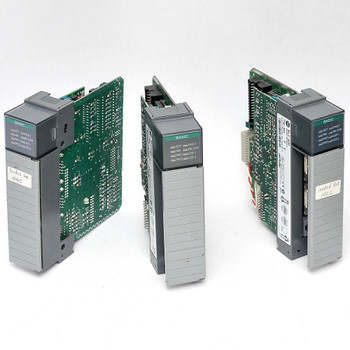
- EMERSON
- Honeywell
- CTI
- Rolls-Royce
- General Electric
- Woodward
- Yaskawa
- xYCOM
- Motorola
- Siemens
- Rockwell
- ABB
- B&R
- HIMA
- Construction site
- electricity
- Automobile market
- PLC
- DCS
- Motor drivers
- VSD
- Implications
- cement
- CO2
- CEM
- methane
- Artificial intelligence
- Titanic
- Solar energy
- Hydrogen fuel cell
- Hydrogen and fuel cells
- Hydrogen and oxygen fuel cells
- tyre
- Chemical fiber
- dynamo
- corpuscle
- Pulp and paper
- printing
- fossil
- FANUC
- Food and beverage
- Life science
- Sewage treatment
- Personal care
- electricity
- boats
- infrastructure
- Automobile industry
- metallurgy
- Nuclear power generation
- Geothermal power generation
- Water and wastewater
- Infrastructure construction
- Mine hazard
- steel
- papermaking
- Natural gas industry
- Infrastructure construction
- Power and energy
- Rubber and plastic
- Renewable energy
- pharmacy
- mining
- Plastic industry
- Schneider
- Kongsberg
- NI
- Wind energy
- International petroleum
- International new energy network
- gas
- WATLOW
- ProSoft
- SEW
- wind
- ADVANCED
- Reliance
- YOKOGAWA
- TRICONEX
- FOXBORO
- METSO
- MAN
- Advantest
- ADVANCED
- ALSTOM
- Control Wave
- AB
- AMAT
- STUDER
- KONGSBERG
- MOTOROLA
- DANAHER MOTION
- Bently
- Galil
- EATON
- MOLEX
- Triconex
- DEIF
- B&W
- ZYGO
- Aerotech
- DANFOSS
- KOLLMORGEN
- Beijer
- Endress+Hauser
- MOOG
- KB
- Moxa
- Rexroth
- YAMAHA
- Johnson
- Westinghouse
- WAGO
- TOSHIBA
- TEKTRONIX
- BENDER
- BMCM
- SMC


Email:wang@kongjiangauto.com

